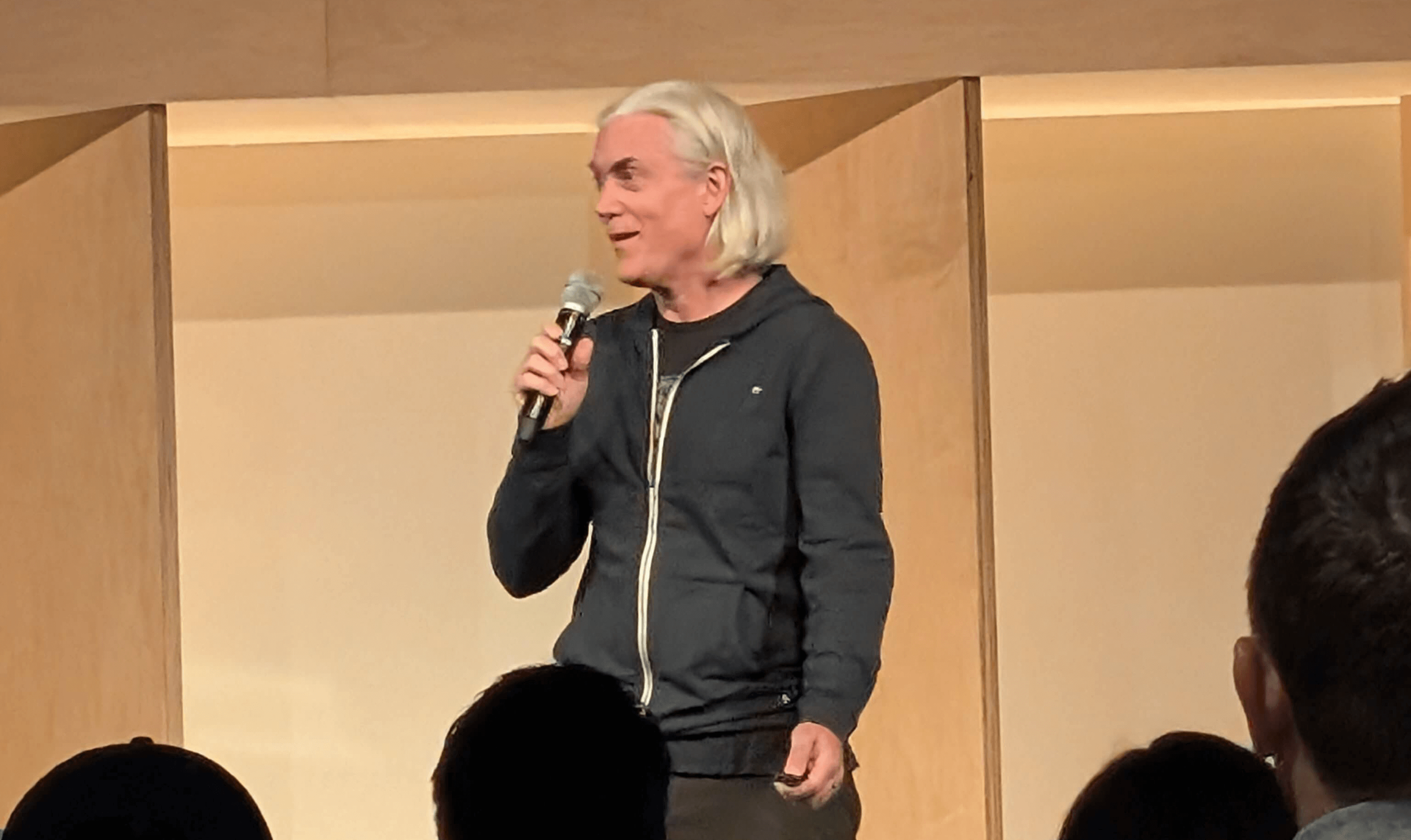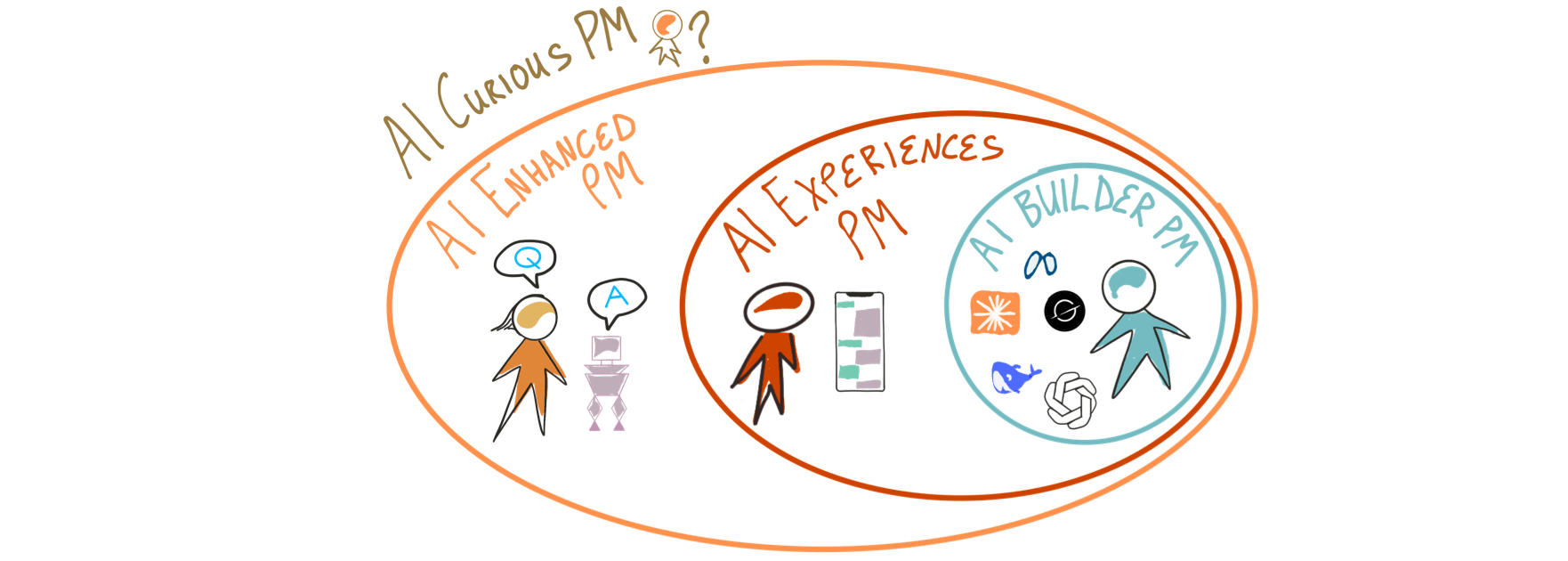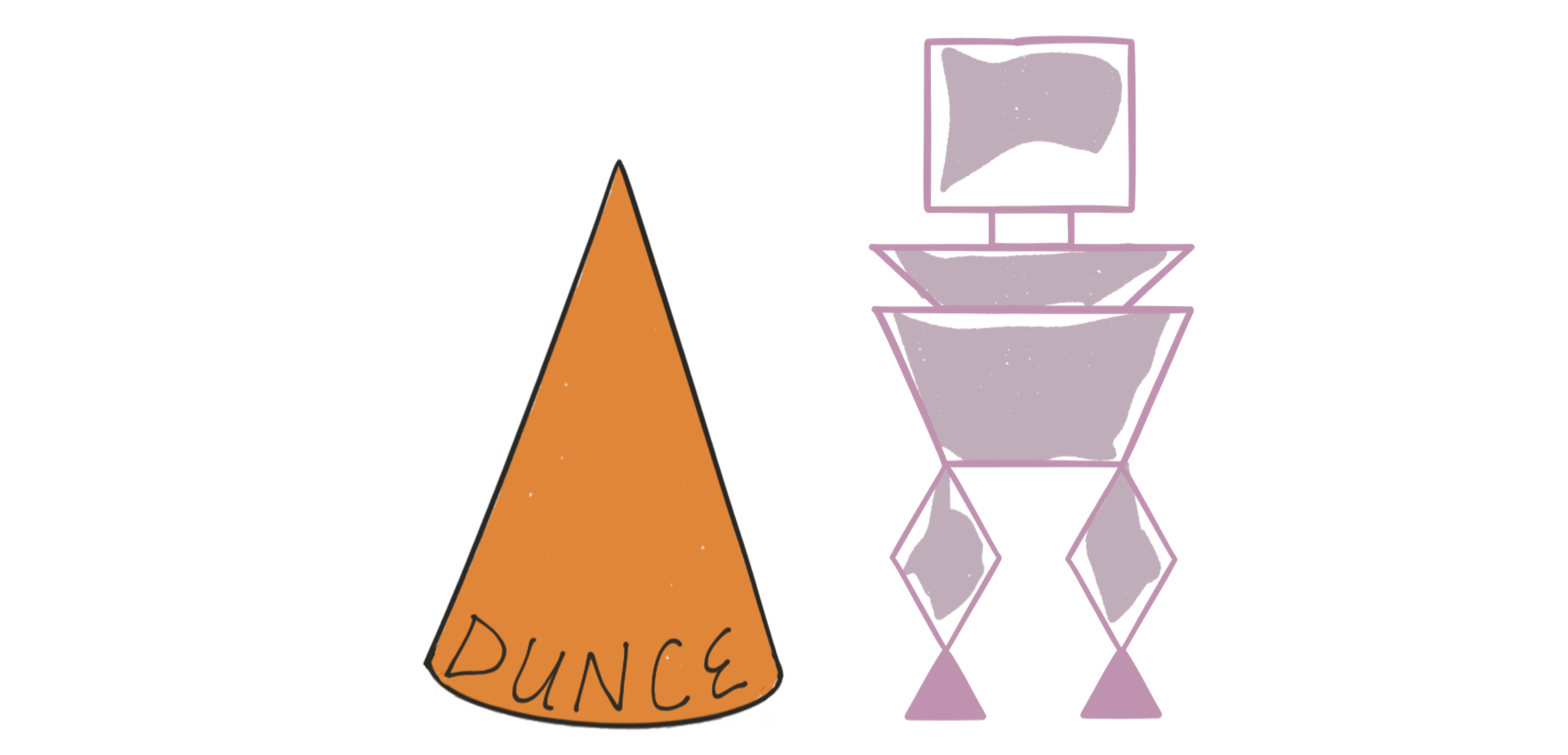AI Ideation, Laziness, and Wrapper AIs
An idea is not enough to build an app. So we write up the details.
This initial document is the starting point … call it a “spec”, specification, requirements doc, “1 pager” … it goes by many names.
In this article, I’ll outline how AI creates an initial specification document incredibly fast from a raw idea and how to use a “wrapper AI” for niche-specific tasks.
For me, a lifelong techie with high intrinsic motivation, using an AI to create this foundational document feels like cheating.
By comparison, I use the dishwasher everyday and that feels fine. So I try to think of AI as an appliance for the mind.
AI Technique: Be Lazy
Most AIs out there easily turn a few sentences into a full blown specification.
To get the most out of AI, I need to be lazy. Don’t overthink it.
Note: There will be many links to Google Docs if you’d like to see the underlying documents.
I gave my prompt to Claude and it immediately produced (in 9 seconds) a massive spec.
ChatGPT’s response was more bare bones.
Thanks to my friend and AI wizard, Will Kessler, I knew what to do next.
I scanned the output, acted lazy again and typed:
“whats the first thing I should do”
ChatGPT mentioned:
“Writing a Requirements Specification”
So I just repeated that back to chatGPT (again a tip from Will).
I replied:
“can you write me a basic Requirements specification given what I've already told you?”
Then it responded (in 6 seconds) with an improved specification doc.
By using a simple prompt and asking them to elaborate, both AIs produced an amazing initial specification.
This is a great starting point but could we do better?
AI Technique: Use a Wrapper AI
Claude and chatGPT are general AIs doing many types of tasks.
For common tasks such as creating a specification, there is an expectation for the type of information it contains and how it flows… the structure of the sections and so on.
As LLMs, the response and the structure of any response will vary even if you ask it to do the same task over and over again.
For example, I expect specifications to always include a section for setting goals and understanding how to measure success. Both Claude and chatGPT missed this crucial step.
To address this inconsistency, new companies are creating niche AIs that are a thin wrapper around the all-purpose AIs.
These “wrapper” AIs tailor their responses to a niche by automatically augmenting a user’s request with niche-specific prompts, structure, data, and other context behind the scenes.
Some may refer to these wrapper AIs as “agents” but I’ll reserve that term for an AI that does more complicated, multi-step tasks.
For specification writing, Claire Vo (as a side gig) created a wrapper AI called chatPRD. (PRD stands for Product Requirements Document).
I submitted my original prompt to chatPRD to see how it compared to the general AIs. The document it produced had a more defined structure and contained information typical of a specialist (like a Product Manager) rather than a generalist (the general AIs). If I want a different type of PRD, she provides a bunch of options to choose from. Very slick.
The pro of the niche-specific chatPRD AI is its comprehensiveness. It had all the sections one would expect in a specification. Claude and chatGPT lacked common sections generally expected.
The con of chatPRD was that the specification was overly formulaic, had sections I didn’t want and just wasn’t personalized to how I like to make specifications.
As a compromise, I went back to the general AIs and just asked them to include the sections that chatPRD included that they were originally lacking.
Using an off-the-shelf wrapper AI was super fast but still not satisfying since this task is one where I have a lot of experience, a lot of personal preference, and a lot of examples from previous work.
In other words, I have a strong preference about how to write a spec.
The next article will focus on creating your own wrapper AI so you can quickly personalize and structure an AI response to repeatedly get a better response that more closely fits what you want.
The AI-Enhanced Product Manager
Jim coaches Product Management organizations in startups, growth stage companies and Fortune 100s.
He's a Silicon Valley founder with over two decades of experience including an IPO ($450 million) and a buyout ($168 million). These days, he coaches Product leaders and teams to find product-market fit and accelerate growth across a variety of industries and business models.
Jim graduated from Stanford University with a BS in Computer Science and currently lectures at University of California, Berkeley in Product Management.















